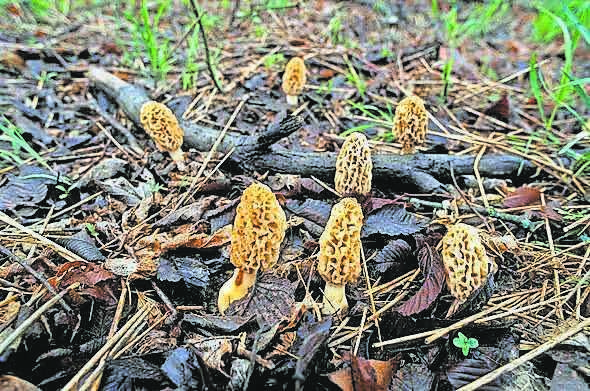(Editor’s Note: The following was published from the Missouri Department of Conservation.)
LINCOLN COUNTY – To the uninitiated, a morel does not have the most appetizing appearance. Its brain-like form looks like something out of a campy horror movie, and a morel’s neutral, earthy color doesn’t command much attention.
From about late March to early May, however, foraging for these small mushrooms is serious business — a business so serious that many folks refuse to reveal their morel spots even to their closest friends and family!
The question many people ask this time of year is, “How can I find morels?” Well, morels are finicky fungal organisms. The underground portion of the fungus only produces mushrooms in some years — mostly based on soil temperature and moisture availability (but other factors play a role, too). Ultimately, most of what we know about finding morels is anecdotal and widely variable, but here are a few tips to help you narrow down good places to look for morels:
- Morels commonly appear after warm, moist spring weather with daytime temperatures in the low 70s and nighttime temperatures in the 50s.
- South and west facing slopes are good sites to look for morels early in the season, with north and east slopes being better for later-season morel hunting.
- Morels tend to favor tree species such as elms, ashes, cottonwoods, and even domesticated apples. Look around recently dead trees but beware of falling branches!
- Areas disturbed by flooding, fire, or logging often produce loads of morels.
- Morels peak when lilacs bloom!
- Most public lands in Missouri allow the collecting of mushrooms for personal use, but always check the regulations before you collect to be sure.


